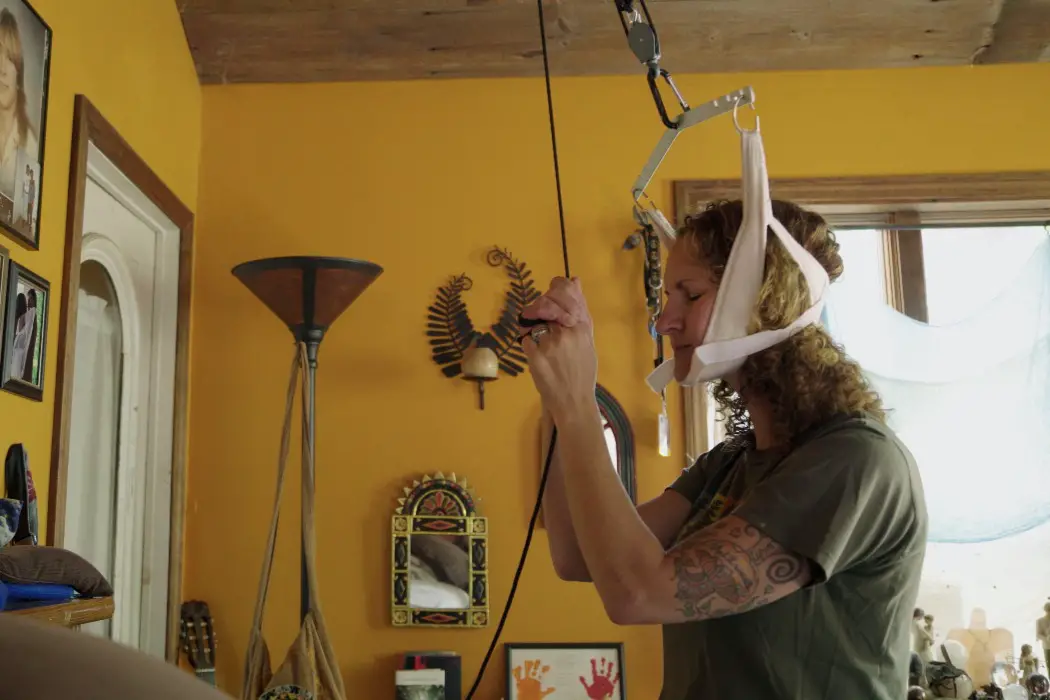THE BLEEDING EDGE: A Patient’s Worst Nightmare

Produced and co-directed the short documentary film, ART of COURAGE,…
We tend to trust our doctor’s expertise when he/she recommends a procedure, device or drug. What if the procedure or device is flawed to start with and the doctors are educated by the sales representatives rather than practitioners? The Bleeding Edge explores what happens when the medical device industry is poorly regulated and at the same time, technology is speeding up the number of unproven devices that are implanted or used on patients.
The World of Medical Devices
According to the film, over the past ten years, nearly 70 million Americans have been implanted with medical device(s). The film keeps you engaged with such astounding statistics, including how the medical device industry is a $300 billion a year sector. It is even bigger and more powerful than the pharmaceutical industry. Then the film unfolds with what this means for the patients or the American public. In particular, who is (or is not) advocating on the patients’ behalf especially, those who have been injured by the application or insertion of a medical device.
It is the FDA (Food and Drug Administration), the most important protective agency that regulates everything that comes in contact with the body. How The Bleeding Edge elaborates on FDA’s evaluation and decision-making processes as being influenced by the medical device industry makes this a jaw-dropping documentary narrative.

The graphics that the film employs to illustrate the FDA processes enable the audience to easily understand all the problems, starting from the approval of the product to filing of patient complaints against it. At the same time, the film may be stretching how ineffective the FDA is, in general. The Food and Drug Administration still provides important guidance to doctors, in harmful situations where devices have injure patients.
This said, the film does deliver a comprehensive overview of how the FDA works and regulatory problems (tied to medical devices), especially through the experiences of former FDA employees, researchers and medical professionals. Interestingly, the testing and regulation is less stringent than for drugs which means that devices may be more risky. The viewer sees that FDA does not always remove the problematic devices that are on the market.
What Happens When a Device Fails…
In particular, the film follows three devices, with two devices tied to women’s health that are not being addressed by the FDA and manufacturer involved, even as the number of injuries increase. In these two cases, it is clear that the patients feel powerless in taking back their health and the device off the market. Most people believe that medical devices go through rigorous testing and through it, are proven to be safe and effective. These personal vignettes are powerful in showing the cost that the patients have had to pay for their trust in the FDA and device manufacturer oversight process, which have been non-existent for these two reported devices.
A Bleeding Edge: What is There to Fear?
A viewer may walk away from the film afraid of any procedure, including a CT scan (which is reported in The Bleeding Edge as causing 50,000 cases of cancer a year). The film does create a heightened sense of fear which may not be warranted, without all the facts. This said, the film captures in the one’s attention in understanding what one needs to consider before agreeing to a procedure or device implant.
In addition, it would be helpful to understand who funded the device research, whether it’s the government, medical institution or manufacturer. Most importantly, it wraps up with important tips on how the viewer can become an effective advocate for his/herself in any health-related situation.
Would you reconsider a hip replacement or any other implant after seeing The Bleeding Edge? Tell us in the comments below!
The Bleeding Edge was released on July 27, 2018. The film is available on Netflix.
Does content like this matter to you?
Become a Member and support film journalism. Unlock access to all of Film Inquiry`s great articles. Join a community of like-minded readers who are passionate about cinema - get access to our private members Network, give back to independent filmmakers, and more.
Produced and co-directed the short documentary film, ART of COURAGE, which showcased at various film festivals. Film Inquiry's review of my film is how I discovered it. I thought, "They are having a lot of fun so I better join in!" I am always tuning in for the subtle, underlying details that sums up to reality, like pointillism in Seurat's paintings.












